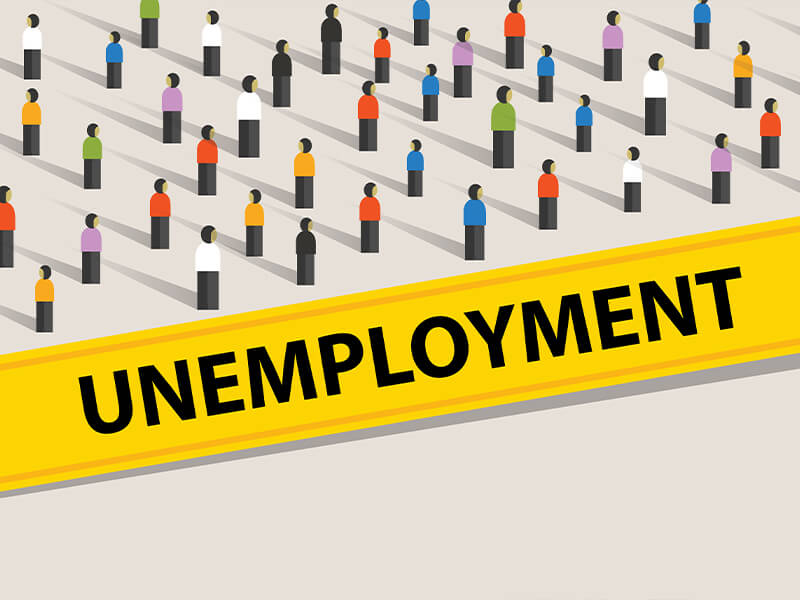Quantitative Easing II:The Potential Downsides of QE

The Potential Downsides of QE
Despite the continued use of QE policies by governments and central banks around the world, many economists and financial experts have expressed concerns over the wisdom of such a strategy. In the short-term, proponents have argued that it helps reduce interest rates, guards against unemployment and helps drain toxic assets from the systems. However, critics charge that these benefits are all temporary and are soon reversed.
Increased Inflation
The most obvious potential drawback is that, in printing extra money and using it as reserves to amplify lending, QE is inherently inflationary. Admittedly, the effects of the inflation are not yet understood, but economic theory indicates that, while it might initially be beneficial, it could eventually become unmanageable.
Climbing Interest Rates
As with inflation, central banks usually aim to stabilize interest rates in order to foster consumer confidence. Wild fluctuation of interest rates leads to a lack of consumer spending and, in turn, a depressed economy. Combatting this, QE creates an immediate fall in interest rates. However, looking the bigger picture, critics note that a subsequent rise in rates occurs over the long-run, due to the aforementioned inflation. Its is thus seen by opponents as a disruptive policy that creates negative economic effects.
Business Cycles and Employment
QE has also been blamed for causing dramatically fluctuating business cycles. Critics charge that an infusion of easy money creates competition among lenders who lend to uncreditworthy borrowers. After an expansionary phase, with banks lending to everyone and businesses growing, deleveraging by banks occurs as money becomes tight when the QE winds down. As loans are called in, a recession ensues. Closely linked to this is the issue of employment, which experts claim is positively impacted in the boom phase as businesses take on new staff, but negatively affected as those companies drastically downsize when things contract, causing mass unemployment.
Bursting Bubbles
When funds are infused into an economy, the abundance of money available invariably leads to a sharp spike in asset prices over a short period. These prices are unrealistic, in that they are not supported by the value of the products concerned. This situation is known as an asset bubble. It come about when higher salaries and earnings make their way into the market helping to artificially inflate prices. Opponents of QE observed that once the period of monetary stimulus is over, people quickly begin removing their money from the markets, culminating in a crash in prices. This, in turn, can lead huge, inequitable transfers of wealth.
While governments continue to espouse QE strategies, detractors point out that, at the very least, as a relatively untested policy, the results of QE initiatives cannot yet be fully gauged. For this reason, many experts continue to urge caution, believing that potential rewards that might be reaped are far outweighed by the possibility of total economic meltdown.
